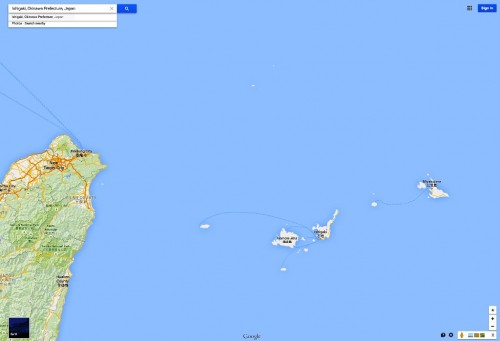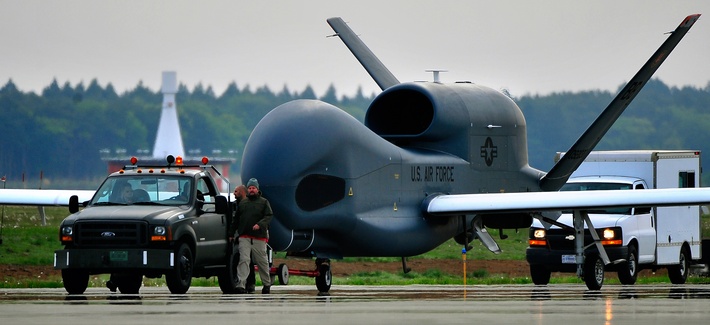Back on July 25, 2014 I posted a column here called “Future History Friday — China’s Coming “Days of Future Past” where I stated that China’s hyper-aggressiveness with its neighbors would make Japan act like a “normal nation,” increase its military defenses of the Southern Ryukyus and make military alliances with its neighbors to contain China. Today, a “flaming datum” of that prediction arrived. Japan has just announced steps to bring those “Days of Future Past” closer for China. The Japanese are moving to militarily garrison Miyako and Ishigaki with ground troops and mobile anti-ship missile batteries.

See:
Japan prepares to deploy troops on Miyako and Ishigaki|WantChinaTimes.com
The May-June 2015 Issue | The National Interest
Miyako and Ishigaki were air bases for Imperial Japanese Army and Navy Kamikaze planes based on Formosa — modern day Taiwan — during the March – June 1945 Battle for Okinawa. Today, they are being prepared to support any operations Japan’s Self-Defense Forces are ordered to do by the Japanese government…including communications to and air support of Taiwan in case of a Mainland Chinese Invasion.



